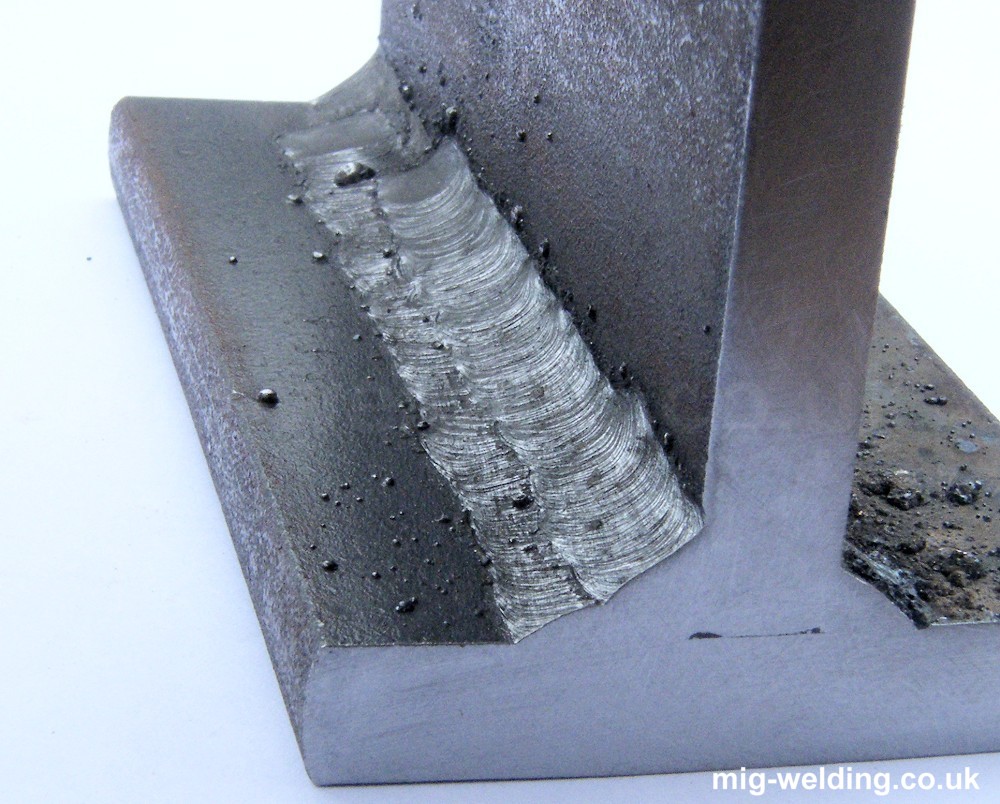Reliable Ways to Prevent Weld Undercut in Your Welding Tasks
Reliable Ways to Prevent Weld Undercut in Your Welding Tasks
Blog Article
Understanding the Art of Welding: Just How to Stay Clear Of Undercut Welding Issues for Flawless Fabrication Results
Efficiency and precision are vital worldwide of welding, where also the least imperfection can compromise the structural integrity of a fabricated item. One usual challenge that welders face is undercutting, a defect that can lead and compromise a weld joint to costly rework. By understanding the origin of undercut welding and implementing effective techniques to stop it, welders can boost their craft to brand-new degrees of quality (Preventing weld undercut). In the quest of perfect fabrication results, grasping the art of welding to avoid undercut issues is not simply an ability however a requirement for those pursuing perfection in their work.
Understanding Undercut Welding

To stop undercut welding, welders ought to ensure appropriate welding parameters, such as readjusting the current, voltage, traveling speed, and maintaining the proper electrode angle. Furthermore, making use of the suitable welding strategy for the certain joint configuration is necessary. Employing weaving movements or backstepping strategies can assist make sure appropriate weld steel deposition and decrease the chance of undercut formation. Routine examination of welds during and after the welding procedure is also critical to catch any type of undercut very early and make essential adjustments to stop more problems. Preventing weld undercut. By comprehending the sources of undercut welding and implementing safety nets, welders can attain high-quality, structurally sound welds.
Root Causes Of Undercut in Welding
Comprehending the variables that contribute to damage in welding is important for welders to generate top quality, structurally audio welds. Poor welding wrong or current welding speed can likewise add to damage. Understanding these causes and carrying out correct welding strategies can help avoid damaging concerns, making certain long lasting and solid welds.
Strategies to Protect Against Undercutting

To reduce the danger of undercutting in welding, welders can employ strategic welding techniques intended at improving the high quality and integrity of the weld joints. In addition, making use of the appropriate welding technique for the specific joint arrangement, such as weave or stringer beads, can add to lowering undercutting.
Additionally, proper joint prep work, including guaranteeing tidy base products without contaminants and making use of the proper welding consumables, is vital in avoiding undercut defects. Using back-step welding methods and controlling the weld grain account can additionally aid disperse warmth uniformly and reduce the risk of undercut. Regular inspection of the weld joint during and after welding, as well as implementing quality control steps, can aid in spotting and dealing with damaging problems promptly. By carrying out these methods faithfully, welders can achieve perfect manufacture results with minimal undercut flaws.
Value of Correct Welding Parameters
Selecting and maintaining ideal welding criteria is important for attaining successful welds with very little problems. Welding parameters refer to variables such as voltage, current, travel speed, electrode angle, and securing gas circulation price that directly impact the welding process. These parameters must be carefully adjusted based upon the kind of material being bonded, its density, and the welding method employed.
Proper welding criteria make certain the correct amount of heat is used to thaw the base metals and filler product consistently. If the specifications are set too expensive, it can cause excessive warmth input, creating distortion, burn-through, or spatter. On the various other hand, if the specifications are too reduced, incomplete blend, lack of infiltration, or undercutting might happen.
Quality Control in Welding Operations

Conclusion
Finally, understanding the art of welding calls for a comprehensive go to my blog understanding of undercut welding, its causes, and techniques to stop it. By making certain correct welding criteria and carrying out high quality assurance techniques, remarkable construction results can be attained. It is crucial for welders to continually make every effort for excellence in their welding operations to stay clear of undercut problems and produce high-quality welds.
Undercut welding, an usual flaw in welding processes, takes place when the weld metal does not appropriately fill up the groove and leaves a groove or depression along the bonded joint.To avoid undercut welding, welders need to make certain appropriate welding criteria, such as changing the current, voltage, travel rate, and preserving the correct electrode angle. Insufficient welding current or wrong welding speed can likewise add to undercut.To minimize the danger of damaging in welding, welders can employ calculated welding techniques intended at improving the top quality and integrity of the weld joints.In verdict, mastering the art of welding needs a thorough understanding of undercut welding, its reasons, and strategies to prevent it.
Report this page